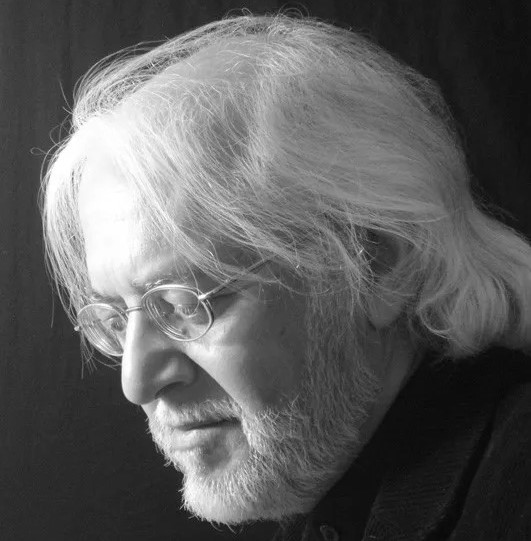A pedagogical parable by H Masud Taj, as a visiting-architectural-faculty
To all frogs. In all wells, learning how to jump.
Jumping is easy. If anyone tells you it isn’t, it is either because he does not know how, or he once did, but that was, oh, so long ago. It is the very nature of your frogginess to jump, (if frogs don’t, they end up as delicious frog legs).
Learning to jump is a game called jumping. As in any game, rules are essential (try imagining one without rules). Like any game it is serious stuff when you are in it, playing it. But in the final analysis, it’s only a game.
One rule is that you must get to know a lot about what you are doing even while you are doing it. New data, new insights. It’s not just how high you reached or how far you landed. The frog that lands must be different from the frog that left the ground. Hence a jump that did not go physically very far, but in the process, the frog learnt a lot, is superior to a more spectacular one which taught the frog very little.
So while playing, a jump is good if it increases your desire to jump some more, and in ways, you never tried before. A jump is bad if it leaves you with less desire than you had before you jumped.
And know this, the ratio of how much you know to how much you don’t know remains constant in your life. You will never be able to fully predict the ground you are going to land on. You can only hope it will be just right and are prepared if it turns out to be hard rock or quicksand. Much of jumping has to do with how well you can get out of where you got in. Jumping in is the science of jumping, and jumping out is the art. In the total jump, the two are indistinguishable.
Preparation is active non-jumping. Take-off and landing limbs are flexed (steroids and shortcuts avoided): the propulsion mechanism and its biochemistry, and its plumbing and cooling systems are analysed and understood along with the electrical impulses that link it all to the brain. (Frogs don’t have big brains — but more than enough for the purpose). Wind direction, humidity, etc, are taken into account. But when the frog jumps, he fixes his gaze on none of these.
Because the frog is the last non-specialist. He belongs to the water as much as to air and to neither completely. He dwells at the interface of air and water, at the horizon, an amphibian at ease with surface tension. When the frog jumps he fixes his gaze only on the spot on which he wishes to land. If instead his gaze shifts onto himself in admiration it will only lead to bloating. That is the way of balloons (deflate or burst). Frogs don’t need hot air to go where they want to.
And it may seem ironic that to get there the frog is confined in a well for all these years. You can learn in a lot less years, for jumping is easy. Growing up is not and the well is a giant test tube. You need those years to grow up in.
One can tell how many years a frog has spent in the well by the curve of his lips, (easy-frogs are big-mouthed, up-curve: the frog is a fresher, down-curve — the frog is a senior, no curve —the frog has as many years behind him as ahead. Intermediate frogs are indeterminate. If the smile is pulled down by the well’s gravity, the frog has two options. Either work on the smile or on the gravity. Modifying the latter is possible (the anti-gravity dream well!). But for that, the frog may well have to forget about jumping and become a gravity-reformer instead. The other option is more fruitful: strengthen the facial muscles to keep the smile from giving in.
The well, however, is always deeper than the frog thinks it is. If he plunges deep enough he will encounter the underground river, hidden from all, nourishing all wells with its waters. It’s a strange water at the source, it does not quench your thirst, it increases it, till you are no longer satisfied with jumping, but want to fly (who says frogs can’t fly, caterpillars can’t even jump and they metamorphose into butterflies).
If jumping is easy, leaping is effortless. Because to leap is to leap-frog your thoughts, to leave your thoughts about thinking about leaping, behind. To leap is to feel the wind rush against your skin, the blood surging in your body, the spring uncoiling in your legs, as the walls of the well slip away in a blur, and in a green haze the trees slip away, as slips away the final mist; until it’s only you poised between an overarching sky and a cloudscape below.
After an age, you decide to return.
First published in A+D: A Journal of Indian Architecture; Jan/Feb 1998: Vol.XV No.1 p.32.







